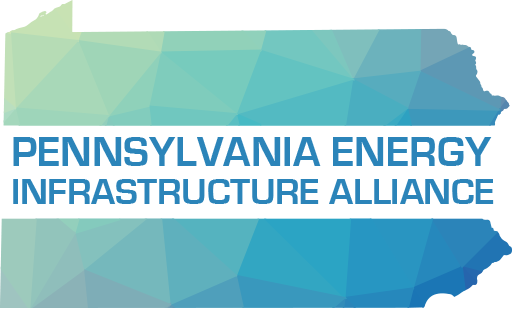As readers know, pipelines are deemed the safest means of energy resource transport. This, according to the Department of Transportation Pipeline Hazardous Materials Safety Administration (PHMSA). In fact, pipelines are found to be 4.5 times safer than transport by rail.
The advantages of pipelines over other means of transport – namely truck and rail – are obvious. Pipelines are relatively non-intrusive, are subjected to state and federal regulations, have superior monitoring and shutoff technologies free from human error, and are able to be updated and improved as new technologies are developed. Moreover, pipeline capacity and efficiency is well beyond any level trucks or rail cars can facilitate and public sentiment against rail and truck use is becoming clearer by the day:
As detailed in The Philadelphia Inquirer plans to transport Marcellus liquefied natural gas (LNG) to a South Jersey export terminal and processing site is facing major pushback from Philadelphia residents. The frustration comes on the back of news that delivery of the product could require as many as 100 rail cars through Philadelphia north to Gloucester, New Jersey.
Of course, analyzing the trade-offs and options between truck, rail and pipeline transport methods seldom crosses the minds of those that want to see Pennsylvania energy fail or further villainized. Instead, these folks are pushing to cancel or at a minimum delay any and all energy infrastructure development without alternative proposals. If they don’t want it to travel by pipeline and they don’t want it to travel by rail, the only option left is by truck, which has a far greater potential for incidents than either pipeline or rail.
If you are opposed to everything, you can’t be for anything, which isn’t a great way to progress if you like home heat during the winter and light when you flip the switch.
The reality is that Pennsylvania needs increased pipeline infrastructure development to fully benefit from our standing as the second largest natural gas producer in the country. Pipeline opponents should look no further than California to see what happens during high demand energy peaks when the necessary investments in reliable energy networks aren’t made.
